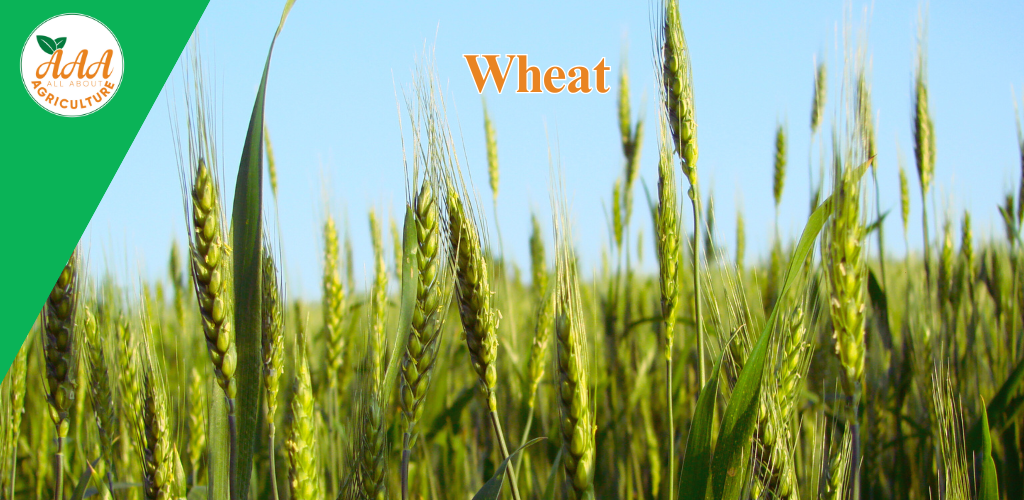Emmer Wheat (Triticum dicoccon)
Emmer Wheat (Triticum dicoccon)

Emmer wheat is one of the oldest cultivated grains, and it’s considered an ancient species of wheat. Though not as widely grown as common wheat (Triticum aestivum), emmer wheat is still important for organic farming and is used in traditional baking and food production.
Production of Emmer Wheat
Global Production: Emmer wheat is primarily produced in Europe, Middle East, and North Africa. It is not a major crop in India, and its production is limited in comparison to other wheat varieties.
Production Rank in India: Emmer wheat is not widely cultivated in India, with small quantities grown mainly in hilly regions of Uttarakhand, Himachal Pradesh, and some parts of Jammu and Kashmir.
Global Leading Producers: The main producers of emmer wheat are Ethiopia, Turkey, Italy, and Egypt, where it is used for making traditional flatbreads and pastas.
Temperature and Growing Conditions for Emmer Wheat
Temperature: Emmer wheat grows best in cool to moderate temperatures. The ideal temperature range for its growth is 15°C to 20°C (59°F to 68°F). It is more tolerant of cold temperatures than common wheat, making it suitable for regions with cold winters.
Rainfall: Emmer wheat requires moderate rainfall, typically around 300-800 mm annually, for healthy growth. It is more drought-resistant than other wheat varieties and can thrive in regions with limited water availability, making it suitable for dry, semi-arid areas.
Soil: Emmer wheat grows well in well-drained, fertile soils with a neutral to slightly alkaline pH. It can tolerate poorer soils better than many other wheat varieties, which makes it a good crop for organic farming and marginal land.
Growing Conditions:
Sowing: Emmer wheat is usually sown in autumn or early winter (September to November) in cooler regions.
Harvesting: The crop is typically harvested in the spring or early summer (June to July) after a growing period of about 7 to 8 months.
Emmer wheat is typically grown in small-scale farming systems and requires minimal inputs, making it ideal for sustainable and organic agriculture.
Health Benefits of Emmer Wheat
- High Nutritional Value: Emmer wheat contains higher protein and fiber content than common wheat, making it a nutritious option for bread and pasta.
- Rich in Minerals: It contains important minerals like iron, magnesium, and zinc, which are essential for overall health.
- Digestive Health: Due to its high fiber content, emmer wheat aids in digestion and supports gut health.
- Low Glycemic Index: Emmer wheat has a lower glycemic index compared to modern wheat varieties, which helps in managing blood sugar levels.
Uses of Emmer Wheat
- Baking: Emmer wheat is often used in the preparation of traditional breads, flatbreads, and pasta. Its nutty flavor and dense texture make it a popular choice in artisan bread-making.
- Culinary Use: It can be used in salads, soups, and as a whole grain in various dishes. The grain is also sometimes ground into flour for baking.
- Health Foods: Due to its higher fiber and protein content, emmer wheat is becoming popular in health-conscious diets and organic food markets.